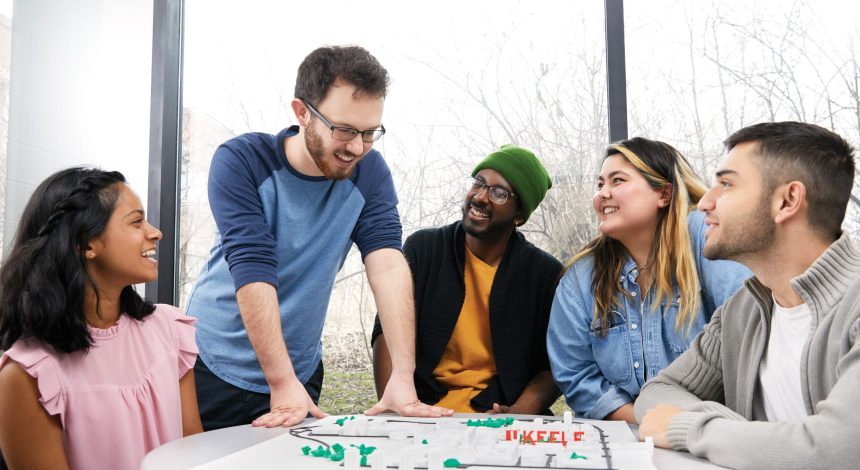Are you looking for ways to enhance the student experience in education? You’re not alone. As a teacher or administrator, it’s important to have strategies in place to ensure that students are getting the most out of their educational journey.
From utilizing technology and incorporating hands-on activities into lessons to creating a learning environment that is free from judgment and stigma; there are numerous methods for bringing more positivity and creativity into the classroom. In this blog post, we’ll provide an overview of proven strategies that have been used successfully by educators everywhere – so read on if you want to learn how you can make your own unique mark on student experience!
Incorporate technology into lessons
As education continues to evolve with the times, technology has become an essential component of the classroom experience. With an abundance of resources available, teachers can incorporate the use of computers, tablets, and other gadgets to enhance traditional teaching methods. But it doesn’t have to stop there — the AppsAnywhere student experience, for example, is considered to be top-notch because of the technology it employs. The platform is designed to make learning more accessible and it can be used in conjunction with educational software to create a unique experience for every student. When you utilize technology in this way, teachers can provide a more streamlined and efficient educational experience for their students.
Encourage active learning
Bringing active learning into the classroom is a fantastic way to get students engaged with the material. No longer will they be sitting passively, waiting for the teacher to lecture them. Discussions, projects, and activities all provide opportunities for students to be participants in their learning. A group project could involve creating a video presentation where each student takes on a different role.
Even something as simple as a classroom discussion can be more effective than a lecture, as students can share their opinions and learn from each other. Engaging students in this way means they are more likely to retain the information and apply what they’ve learned in real-life situations.
Promote collaboration among students
There’s nothing quite like the feeling of teamwork and support you get when you and your classmates work together to achieve a common goal. When students collaborate, they challenge each other’s minds, share knowledge, and discover new perspectives. This enables them to learn more deeply and thoroughly than they ever could alone. An atmosphere of teamwork creates a comfortable space where students feel free to express their ideas and ask questions, which is vital for effective learning. When you promote collaboration, you’re allowing students to learn in an environment that is free from judgment and stigma.
Develop a clear understanding of learning objectives
Learning objectives are the foundation of any successful lesson plan. These objectives should be clear and concise, leaving no room for confusion or ambiguity. With measurable goals in place, students know exactly what they need to accomplish and can track their progress along the way.
With this in mind, teachers can create a learning environment that promotes clarity, confidence, and success. When students have a clear understanding of what is expected of them, they are more likely to stay engaged, take ownership of their learning, and achieve their academic goals. In short, effective learning objectives are crucial for creating positive outcomes in the classroom.
Reward positive behavior
When maintaining a positive and productive classroom environment, recognizing individual efforts for meeting class expectations can go a long way. Rewarding positive behavior not only encourages students to continue to strive for improvement but also helps cultivate a sense of community and camaraderie among peers.
Simple gestures like verbal praise or a small prize can make a huge impact on a student’s attitude and motivation. If your students can achieve individual successes, it means that as a group you are that much closer to reaching your educational goals. Remember that a little recognition can go a long way in fostering positive relationships between teachers and students.
Make mental health a priority
As students navigate through the challenges of school, one essential constant is the need for mental health support. Generally, schools aim to provide students with an education and create an environment that fosters their personal growth and development. To achieve this goal, academic institutions must prioritize the mental well-being of students. From providing resources and counseling sessions to creating spaces where students feel heard and understood, there are countless ways schools can support their students’ mental health. When students feel supported and comfortable, they are more likely to thrive academically and personally.
From incorporating technology into lessons to creating an environment that fosters mental health and well-being, there are so many strategies you can use to maximize the student experience in education. The most important thing is to ensure that students feel heard, respected, and supported. When this happens, they will be more engaged in their learning process and motivated to reach academic goals. With these strategies in place, educators can create a positive environment for learning that will leave a lasting impact on their students.















